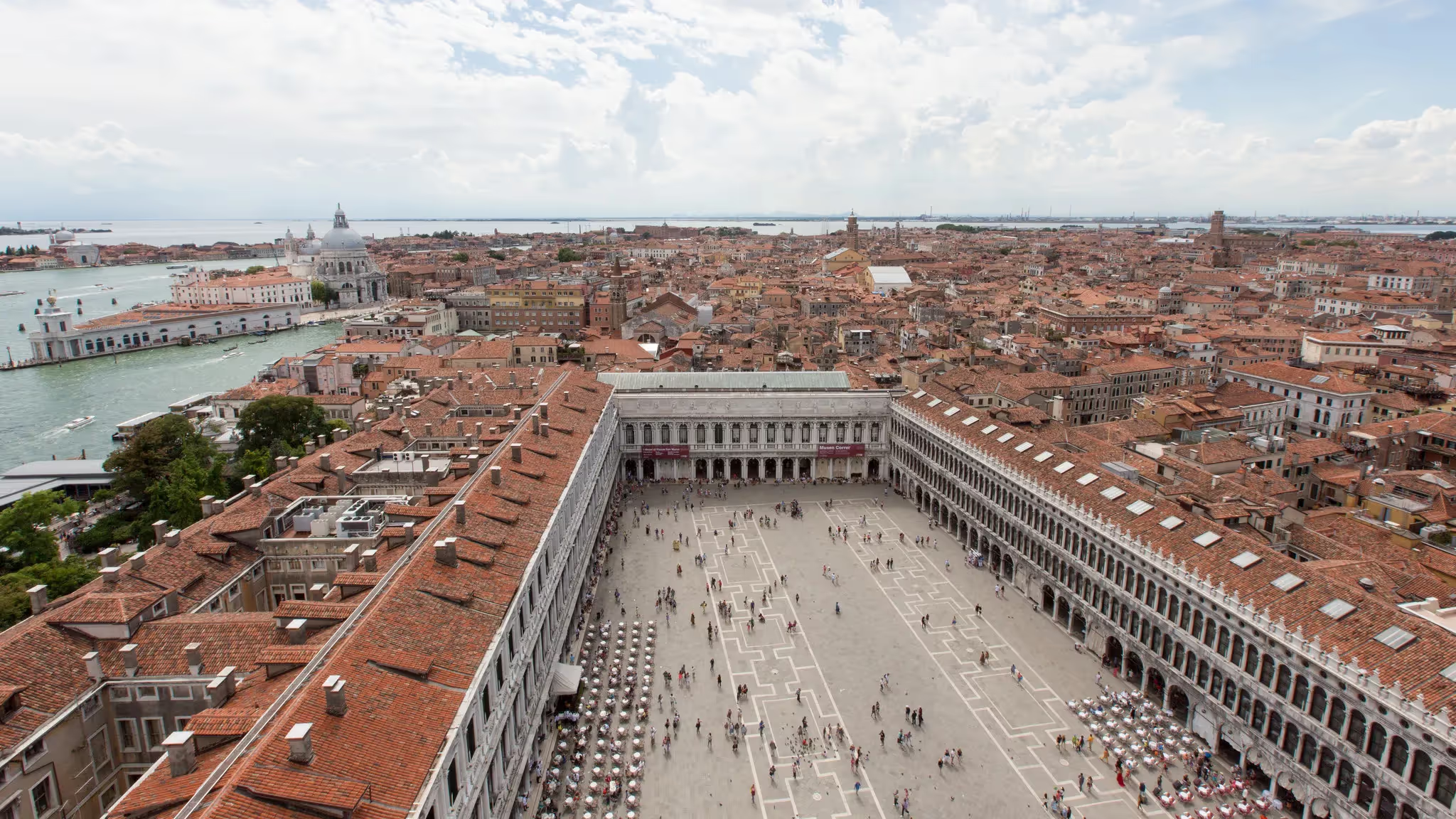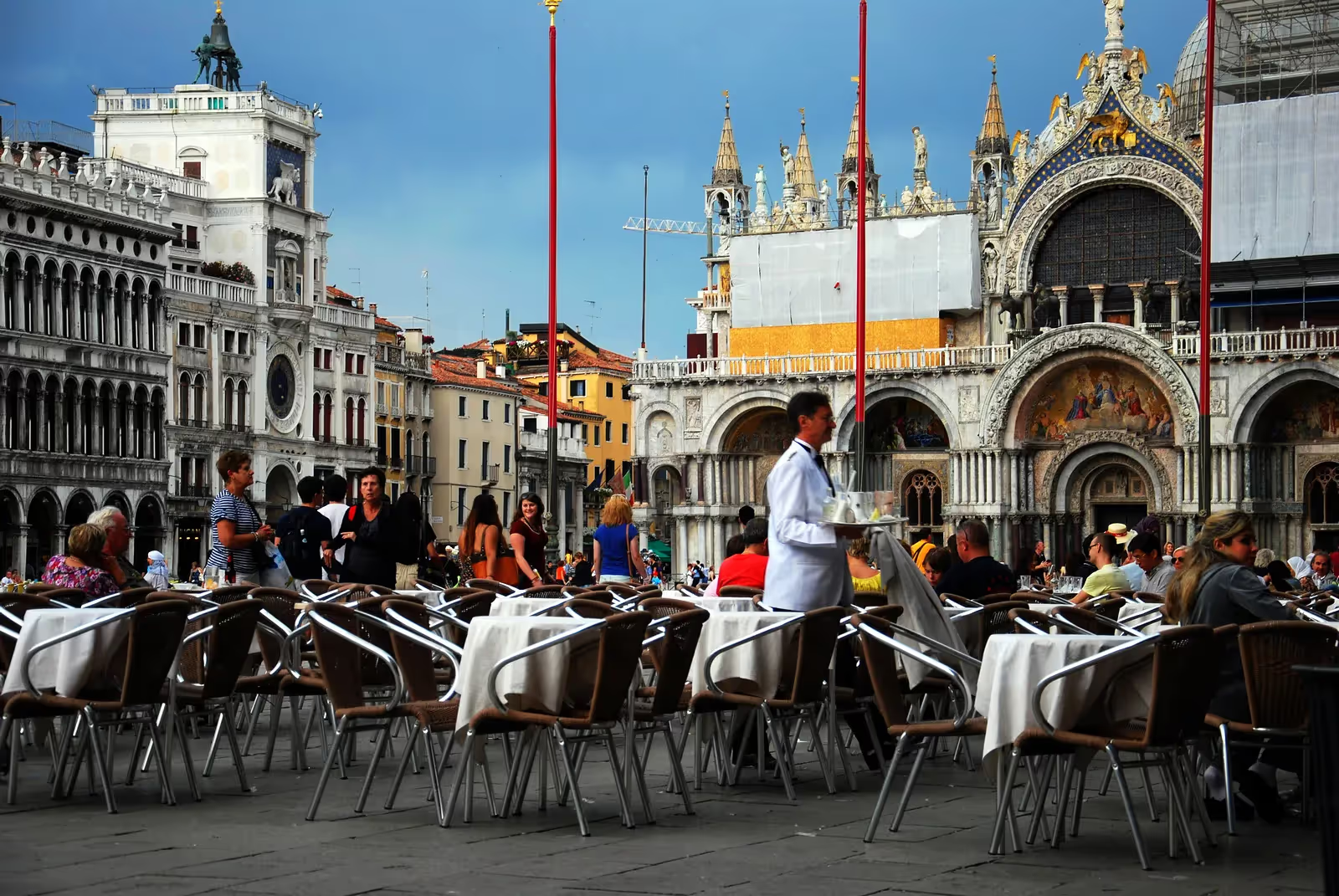A biweekly newsletter with public space news, resources, and opportunities.
A curated dispatch on all things public markets plus the latest announcements from the Market Cities Program.
Please note that these Hall of Shame nominations were written in a moment in time (most over a decade ago) and likely have since changed or even been transformed. If the above entry is now great, or still not so great, go ahead and comment below on how it has evolved or nominate it as a great place.


Piazza and Piazzetta San Marco are two of the most active public sites in Venice. Visitors to the city are drawn to the surrounding architecture that borrows from the Classical, Gothic, and Baroque styles, and both Middle-Eastern and Asian influences are also embedded in the site. The piazza itself has become a notable site due to its frequent portrayal in popular media as the “quintessential” Venetian landscape. The Piazza San Marco is in constant use by pedestrians crossing between the various buildings around the square and shoppers in the market. The cafés that line the square provide ample moveable seating, which is often brought out onto the square so visitors can observe the active piazzas and appreciate the surrounding architecture. The Piazza San Marco also plays an important environmental role for the ever-flooding island, as its design includes an extensive drainage system that quickly moves the water from heavy rains or storm surges into the Grand Canal.
Together, Piazza San Marco and the connecting Piazzetta San Marco make up the principal public square in the city of Venice. While its form has changed significantly over the centuries, San Marco, as the only piazza in the city of Venice, has always been the location of important civic buildings. The piazza was first laid out in the 9th century, in front of the original Basilica di San Marco (the square’s namesake) and the Doge’s Palace and Venetian Procuracies. Because of Its location, size, and civic importance, the piazza quickly became a central gathering spot for Venetians, and vendors immediately began to set up shop on the square. With this new use of the space, the reconstruction of Basilica di San Marco and the emergence of new buildings and cafés around the square came a new design: The square was re-paved in a pattern that enabled vendors in setting up their stalls and self-organize into a unified marketplace. The buildings around the square continued to be reprogrammed and renovated. In addition to the contemporary Basilica di San Marco and civic buildings lining the square, the Ala Napoleonia was soon constructed, which today houses a number of street-level cafés and boutiques along the western edge of the piazza.


*Please note that these Hall of Shame nominations were written in a moment in time (most over a decade ago) and likely have since changed or even been transformed. If the above entry is now great, or still not so great, go ahead and comment below on how it has evolved or nominate it as a great place.